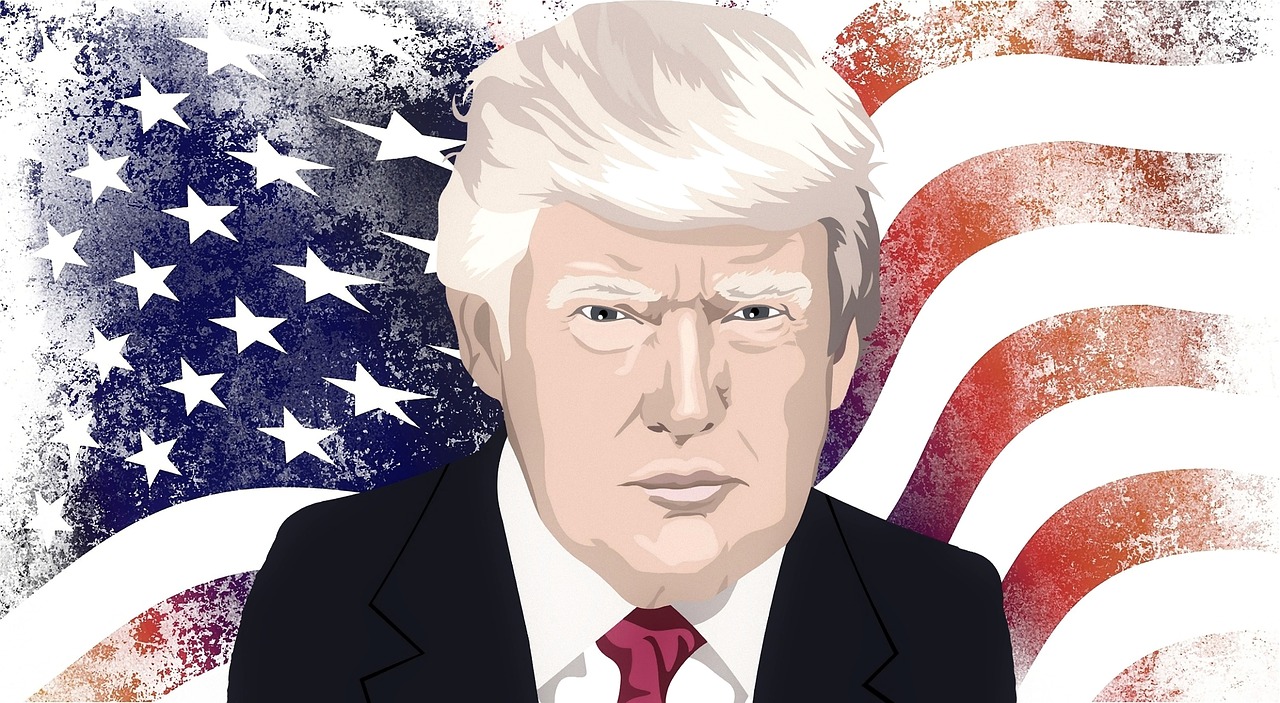In the US, the current „shutdown“ is the longest in history. On Saturday, the previous „record“ of 21 days was broken. US President Donald Trump is now threatening louder with the imposition of national emergency – a highly controversial measure.
Trump calls on Congress $ 5.7 billion to build a wall on the border with Mexico. The Democrats, who have been controlling the House of Representatives since 3 January, vehemently deny funding. The dispute has paralyzed parts of the government since December 22: nine of the 15 ministries are affected by the shutdown, including agriculture, homeland security, transport, home affairs and justice.
Around 850,000 government employees are on forced leave and 420,000 more are currently working without pay because their services are considered essential to the state. These are about FBI officials, intelligence agents, air traffic and border guards. Ultimately, however, the „shutdown“ causes more rather than less costs: On the one hand, federal agencies must elaborately document which employees consider them to be „expendable“. In addition, all wages have to be repaid – even for work that has not been done.
Trump wants to enforce the border wall to Mexico if necessary by imposition of a national emergency
This is to avert the danger that a long „shutdown“ could trigger what he should fight according to Trump’s words: a humanitarian crisis. Just with this supposed crisis on the border with Mexico, Trump justified his thumping on a wall. He describes illegal immigration as an acute danger to the life and limb of the US population – even if studies speak a different language. The Migration Policy Institute, for example, points out that the number of arrests at the border is declining in the long term. The numbers serve as an indicator of illegal border crossings.
Trump thinks of national emergency
For many affected employees, the barrier already leads to considerable hardships because they lack savings. Mortgage payments or rentals, credit card bills or car payments are becoming a big problem. Some federal employees are therefore already working in part-time jobs, such as Uber driver or babysitter. Some sell items from their holdings over the Internet to make ends meet.
Trump has repeatedly threatened in recent days, he could proclaim the national emergency, in order to get around the congress required by him billions of dollars for the construction of the wall. On Thursday, he said on a visit to the border that he had the „unqualified right“ to declare a state of emergency and wanted to „see what happens“ over the next few days. However, on Friday he rowed back and said that he would not declare a state of emergency „so quickly“. That would be an „easy solution“ for him, but „I will not do it so fast“.
Possible tapping of the defense budget
The move would give him far-reaching powers and he could try to build the wall without Congress approval. The president could refer to a law that would allow the Secretary of Defense in a state of emergency to direct the construction of „military construction projects.“ Another passage allows the Pentagon boss to stop civilian army projects and instead engage soldiers in other construction projects „essential to national defense“. In other words, Trump could try to redirect money from the defense budget for the Wall. In the room is also to use unused funds from the disaster fund.
Where is Trump leading the US?
However, the legal issues surrounding such a step are complicated. On the one hand, the Democrats are threatening to sue, on the other hand, some Republicans say that strengthening the border infrastructure is not the job of the military – they refuse to tap into the defense budget. Experts also have doubts: „The idea was that the executive has these powers on a limited basis for real emergencies,“ said Andrew Boyle of the Brennan Center for Justice, part of New York University. Explaining a national emergency at the border is completely disproportionate.
Trump was supported by prominent Republican Senator Lindsey Graham. Because of the blockade of the Democrats there is virtually no way to get the money for the wall approved by the Congress. His conclusion: „It is time for President Trump to use his emergency powers to finance the construction of a wall.“
The now „shutdown“ goes down in history as the longest to date. So far, this dates from the turn of the year 1995/96, as the Republican Congress, the then Democratic President Bill Clinton turned 21 days on the money tap. However, the Republicans had to give in the face of growing popular discontent, the dispute was instrumental in the fact that Clinton could win a second term in the presidential election in the fall of 1996 safely.
Solution could be coming soon
This time, it is questionable whether public opinion could help settle the dispute. While a majority of US citizens blame Trump for the government’s stalemate, the more energetic he fights for his wall, the more he can retain his electoral base. Since the next elections will take place in less than two years, both sides can also play for time.
Meanwhile, the US citizens have experience with government stoppages, only from 20 to 22 January of the previous year, there was such. At that time, the Democrats blocked an increase in their budget to prevent the deportation of hundreds of thousands of people who illegally immigrated to the United States as children. Their status is precarious because Trump has lifted a decree from his predecessor Barack Obama to stop deportations.
Obama faced a 16-day „shutdown“ in October 2013, with which the opposition Republicans wanted to bring the controversial health care reform Obamacare to failure. In the 1980s, Republican President Ronald Reagan clashed eight times with the Democratic Congress for wanting higher tax cuts and lower government spending. These „shutdowns“ lasted only a few days. Since 1976, there have been a total of 22 financial bottlenecks.



